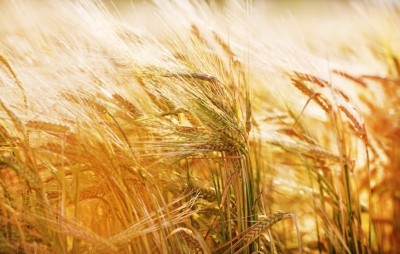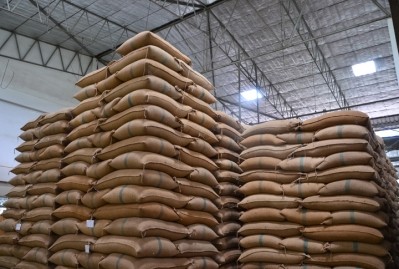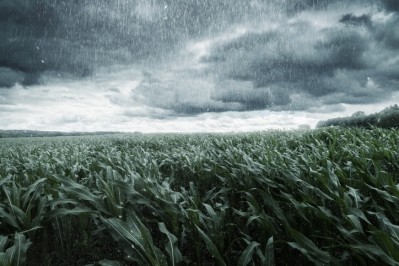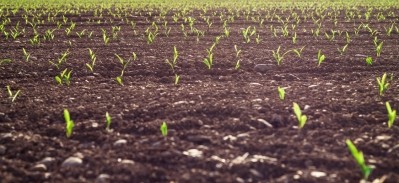USDA: Corn, soy maturity races ahead
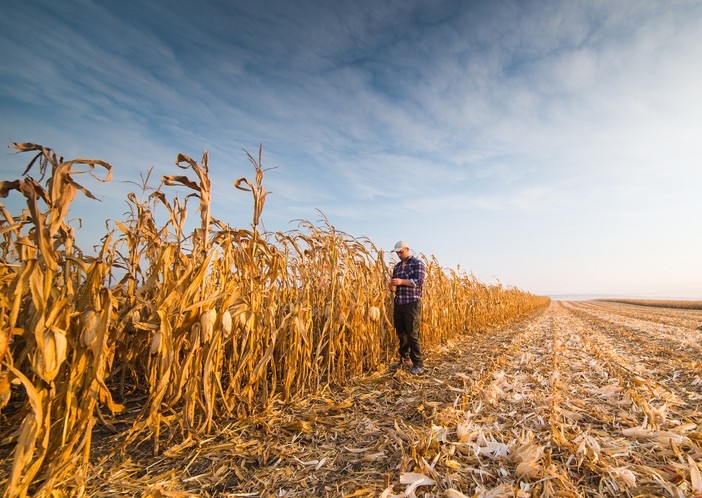
The US Department of Agriculture (USDA) released details of crop maturity and production in a report earlier this week. Overall, some feed crops, including corn and soybeans, have outpaced where they were at this point in time last year.
Weather conditions may not be slowing crop development or overall yields, but there have been some questions about the quality of feed crops in some regions, said Chad Hart, associate professor of economics, crop markets specialist and extension economist at Iowa State University. In some parts of the Corn Belt, adverse weather may not pull down yields but could raise questions of condition.
“[In Iowa] the north has been too wet, the south has been too dry, but the center is sort of a goldilocks’ conditions,” he told us in an earlier interview. “That helps explain what the USDA has been finding in its numbers. When you look across the central Corn Belt you see that same argument going on – there were problems on the northern and southern ends, but the middle has come through this growing season in very, very good shape.”
“We’ve got a lot of ears out there, and the question is how well have those ears filled as we moved into the harvest season,” he added.
As harvest continues for feed crops the pace will be one area to watch, said Hart. “Then we’ll hear if we have quality issues – especially with molds in that drought-stressed areas,” he added.
“[There are] some toxin issues that could pop up there, and that is something to watch that would be adding insult to injury for those farmers,” he said. “They’d be staring at low yield, low prices and they’d get dinged for quality on top of that.”
Corn production
About 93% of the corn crop in the 18 states responsible for the majority of corn production has reached the corn dented stage, said the USDA. Last year about 84% of the crop had reached that point by this time in the season, and on average about 86% has.
The only states lagging behind where they were last year were Nebraska and North Carolina, the department said.
Additionally, 54% of the crop has reached maturity – up from 32% at this point last year, the USDA said. States with the largest amount of their crops considered mature include Missouri, North Carolina, Tennessee and Texas.
Harvest has started for several producers of the feed crop, the department said. About 9% of the crop has been collected, up from 7% at this point last year, and the 6% gathered on average.
In addition to the weather challenges for corn producers in some parts of the Corn Belt, some also had to prepare for the landfall of Hurricane Florence, said Hart.
“Roughly half of their corn crop has already been harvested, which is good news,” he said of producers in North Carolina. “They’ve moved a majority of, at least, the corn production out of the field into the bin by now that’s good because it looks like Florence could do some significant damage.”
Overall corn condition has been remaining steady with about 68% rated good or excellent, the USDA said. Last year about 51% of the crop had that score.
Soy growth
Like corn, soybean growth and development also has been moving more quickly than it has in recent years, said the USDA. Thus far, about 53% of the crop has reached the point of dropping leaves, up from 38% last year.
States with the largest amount of the crop reaching maturity include Louisiana, Mississippi, North Dakota and South Dakota, the department said.
Harvest also has started for 16 of the 18 states responsible for the majority of the soybean crop, the department said. About 6% of the crop has been collected, rather than the average 3%.
States that have had the most progress in their harvests include Louisiana, Mississippi and North Dakota, the department said.
Although condition for the crop dropped slight from earlier results in September, about 67% of the crop was rated good or excellent, the department said. Last year about 59% earned those scores at this point in the season.
Sorghum and barley
Sorghum production has not followed corn and soybeans in outstripping progress made in previous years, the USDA said.
In the 11 states that planted the majority of the crop, about 41% has reached maturity, the department said. Last year about 42% had reached that stage by this point, and on average about 44% has.
Similarly, about 26% of the crop has been harvested – down from 28% last year and from the multi-year average, the department said.
Barley also is slightly behind where it has been in the past, said the USDA. Last year about 99% of the crop had been collected and on average, about 97% has been – this year 96% has been gathered.
Wheat harvest and planting
In the states planting the 99% of the spring wheat crop, the harvest is about in line with previous years, the USDA said. About 97% of the crop has been collected, up from the multi-year average, but behind the 98% harvested at this time last year.
Minnesota and South Dakota have harvested their full crop at this point, however, they also were the only two states to have reached that point by this time last year, the department said.
The planting of the upcoming winter wheat crop, however, is slightly ahead of schedule, said the department. Last year about 12% had been planted by this point and this year 13% has been.
However, several states involved with the crop have not started planting yet, the department said. These include Arkansas, Illinois, Missouri, Montana, North Carolina and Ohio.
